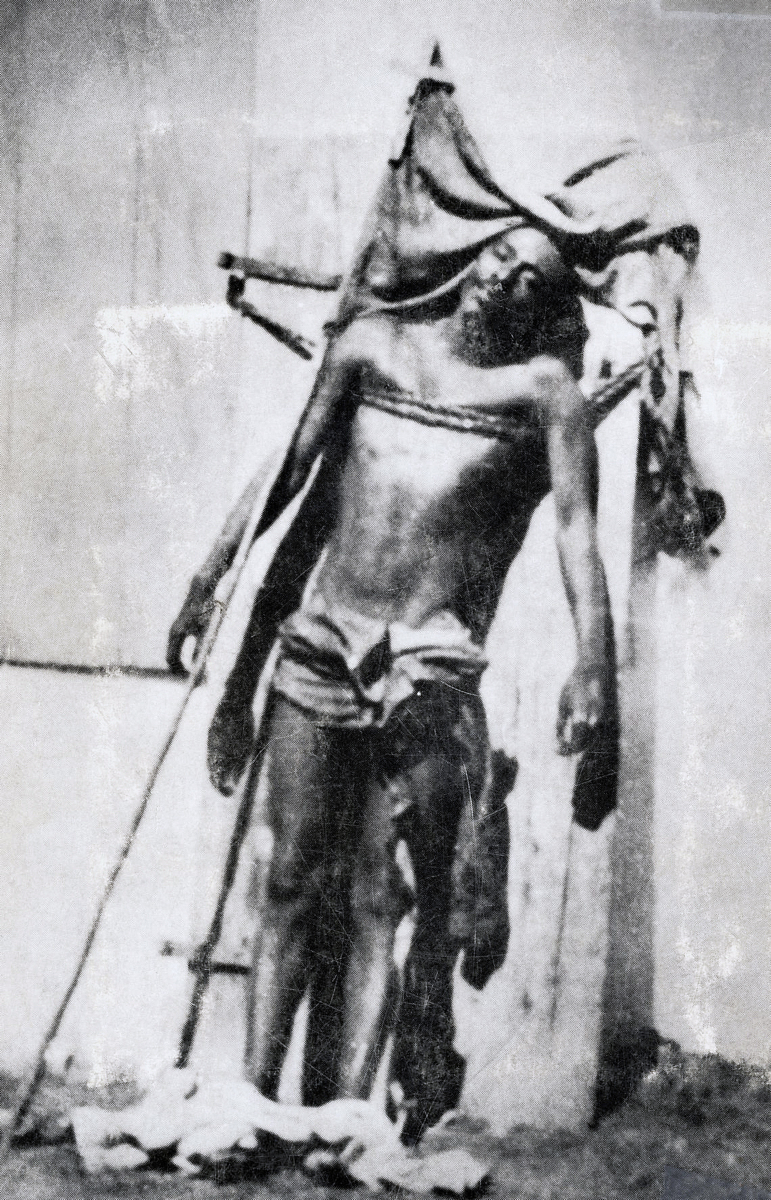On October 1st, 1918, the corvee was abolished in Haiti. The U.S. occupying forces had implemented the corvee in 1917 to build a highway system on the island. With nearly all of Haiti’s revenues diverted to National City Bank for debt repayment, building the infrastructure necessary to transporting military vehicles and equipment throughout the island would have to be performed by unpaid labor. The corvee allowed the government to conscript Haitians into road construction.
James Weldon Johnson describes: “the Occupation seized men wherever it could find them, and no able-bodied Haitian was safe from such raids, which most closely resembled the African slave raids of past centuries. And slavery it was—though temporary. By day or by night, from the bosom of their families, from their little farms or while trudging peacefully on the country roads, Haitians were seized and forcibly taken to toil for months in far sections of the country.”
By the time the corvee was abolished, it had become a symbol of the occupation’s tyranny and helped incite the Caco uprising of 1918-1919.
See James Weldon Johnson, “What the United States Has Accomplished.” The Nation 4 September 1920. In Self-Determining Haiti.
 Charlemagne Péralte emerged in 1918 as leader of a group of Haitian freedom fighters calling themselves Cacos. Péralte had been a political opponent of the occupying forces and was imprisoned for almost a year. After escaping prison in September 1918, he took up arms against the occupation.
Charlemagne Péralte emerged in 1918 as leader of a group of Haitian freedom fighters calling themselves Cacos. Péralte had been a political opponent of the occupying forces and was imprisoned for almost a year. After escaping prison in September 1918, he took up arms against the occupation. October 31, 1919, two U.S. marines infiltrated Charlemagne Péralte’s camp and murdered the Caco leader. U.S. newspapers ecstatically reported the tale of how the marines had dressed in blackface in order to carry out their mission. The marines were awarded Congressional Medals of Honor.
October 31, 1919, two U.S. marines infiltrated Charlemagne Péralte’s camp and murdered the Caco leader. U.S. newspapers ecstatically reported the tale of how the marines had dressed in blackface in order to carry out their mission. The marines were awarded Congressional Medals of Honor.